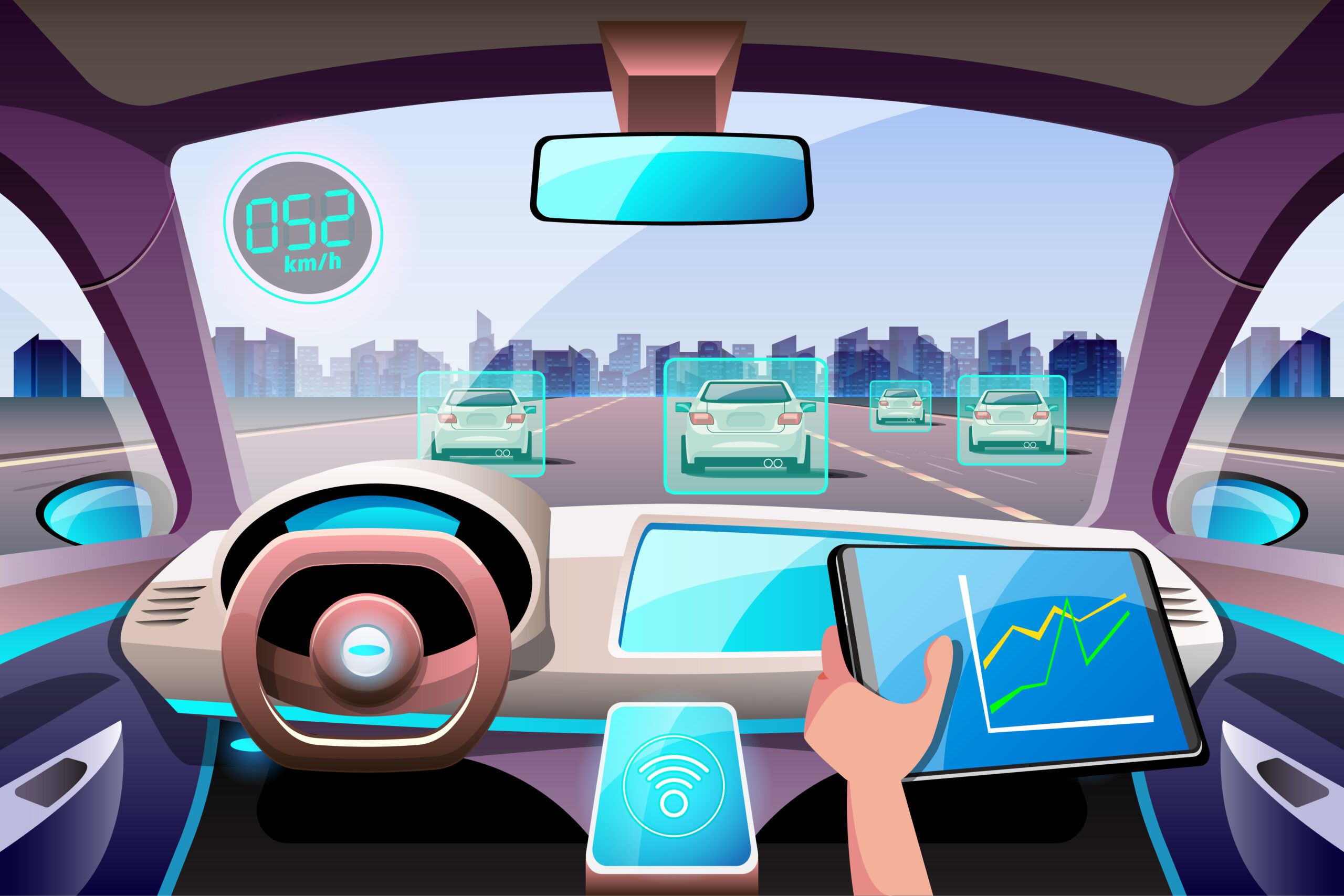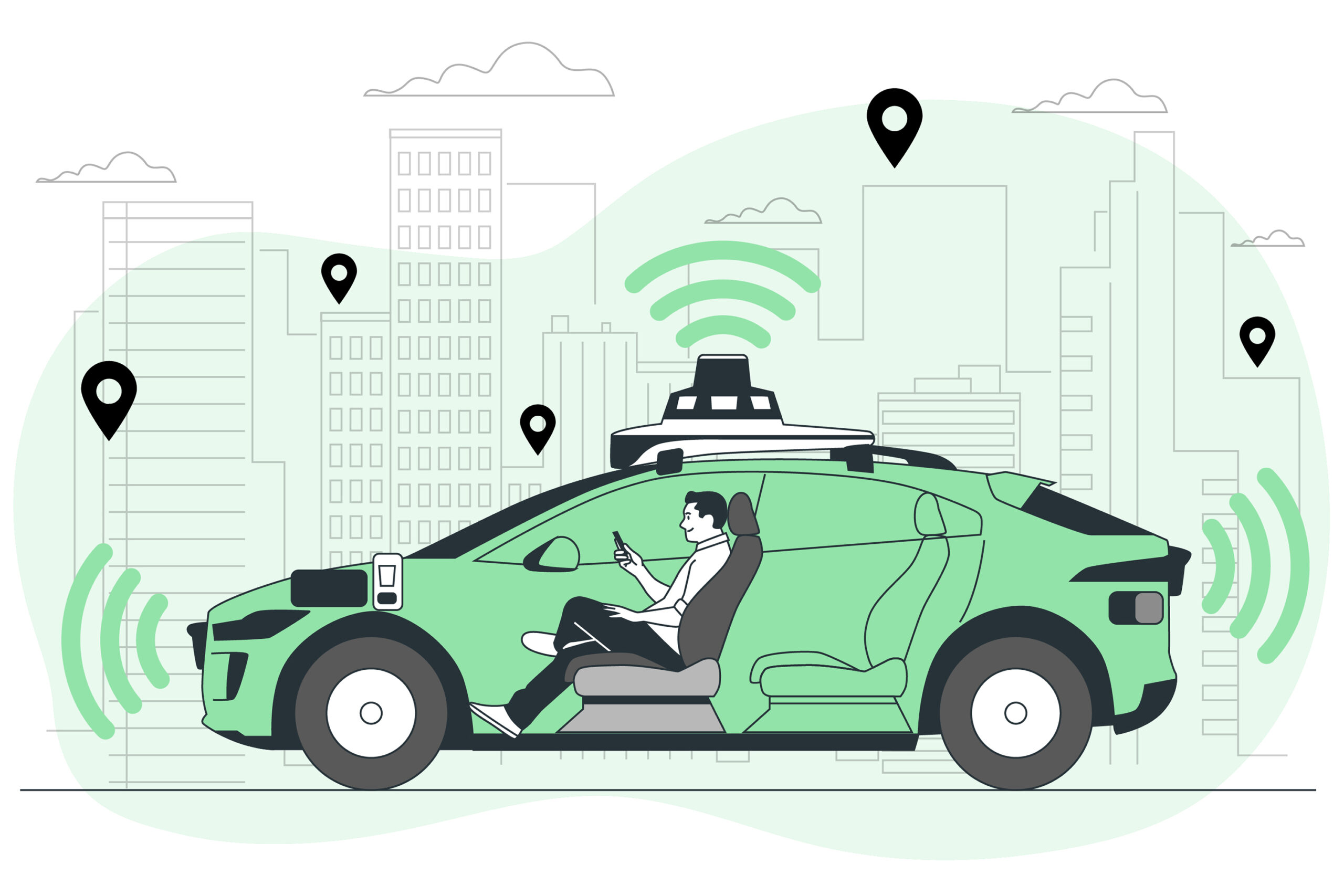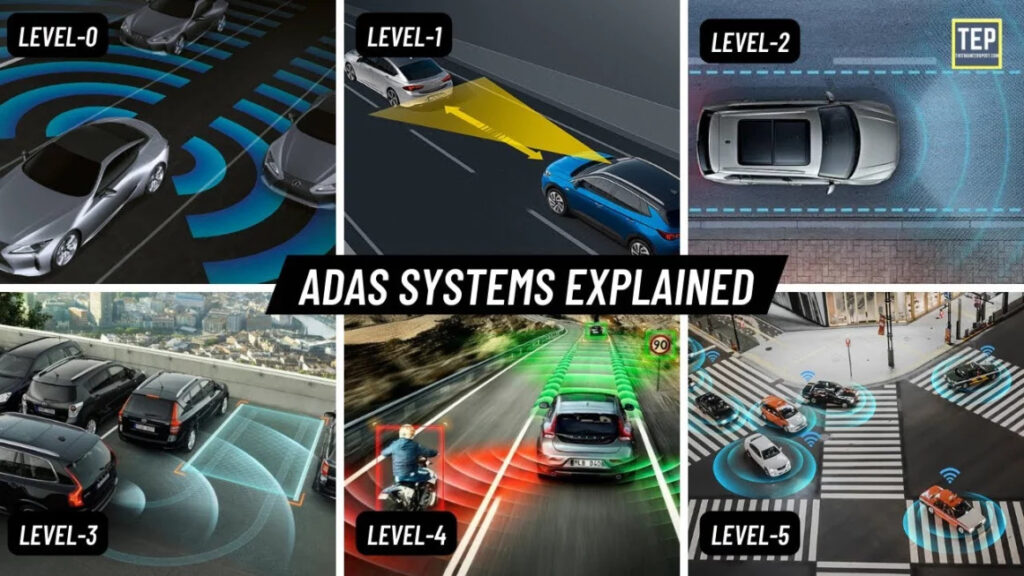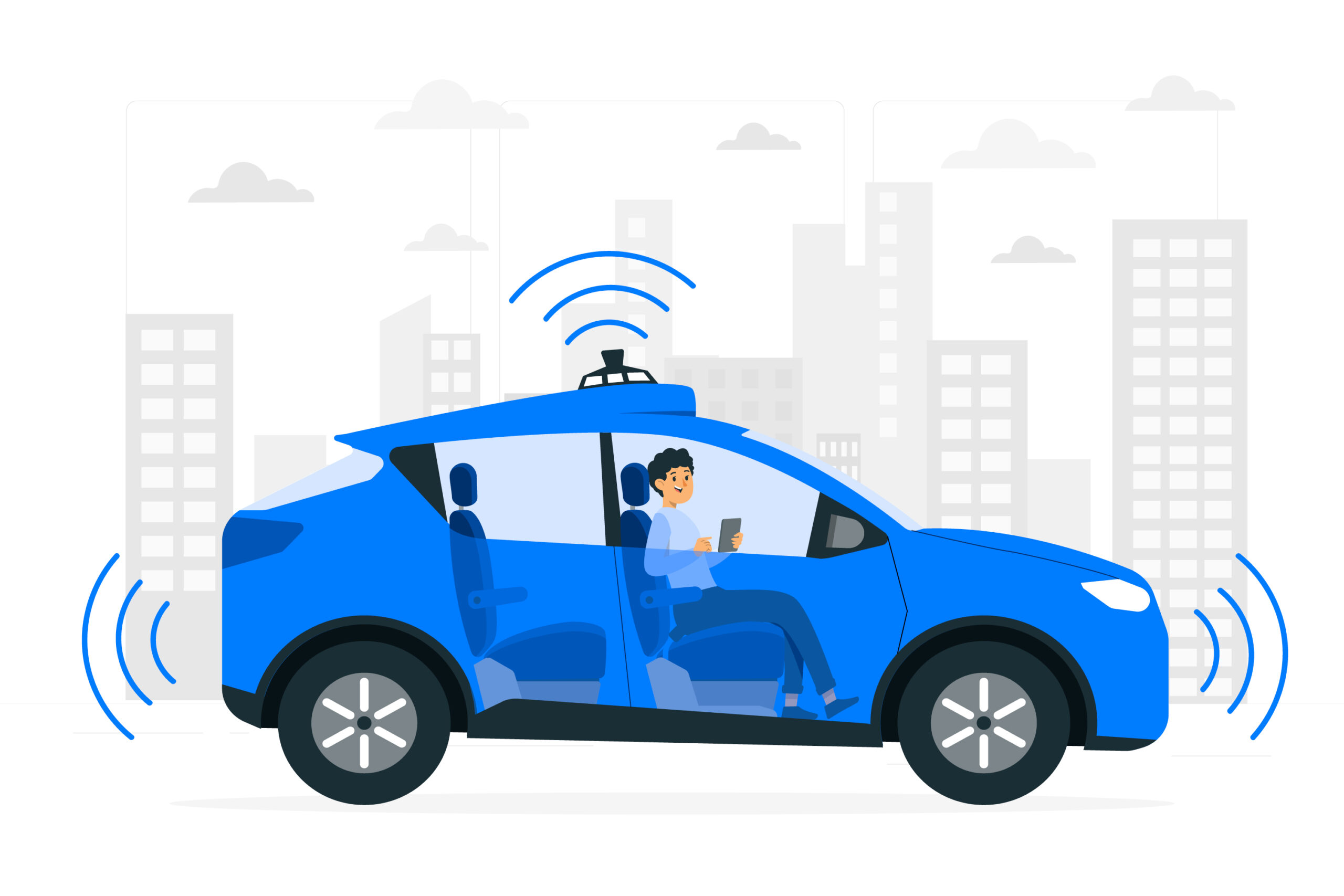Table of Contents
ToggleArticle No. 2 | Automobile | Autonomous Driving
AUTONOMOUS DRIVING

INTRODUCTION
The phrase “autonomous driving” refers to motor vehicles that can operate without human intervention. These vehicles assess the environment and make driving judgments using a variety of sensors, cameras, and radar. Although it is still in the early phases of development, autonomous driving has the potential to completely change the way we travel.
Furthermore, autonomous driving has the potential to enhance efficiency by fostering seamless communication. Through interconnectivity between vehicles and surrounding infrastructure, autonomous cars can synchronize their movements and evade traffic congestion. This harmonious coordination holds the key to optimizing our transportation system, resulting in heightened efficiency and a notable reduction in fuel consumption. By harnessing the power of autonomous driving, we can strive towards a more streamlined and sustainable future of transportation.
CHALLENGES
However, before autonomous driving becomes a reality, a few challenges must be conquered. One of the main obstacles involves developing dependable sensors and software. These crucial components must accurately perceive the surroundings and navigate diverse driving conditions with confidence
Governments play a critical role in establishing regulations to safeguard the operation of autonomous vehicles. However, Governments can still trust manufacturers and the public, fostering an environment conducive to the widespread adoption of autonomous driving technology, by implementing robust measures. Henceforth, with a well-defined regulatory framework, the potential benefits of autonomous vehicles can be harnessed while maintaining the highest safety and security standards.

ADAS LEVEL
The different levels of autonomous driving:
- Level 0: The driver granted to complete control over the car.
- Level 1: Here, the vehicle can manage acceleration and braking, yet the driver remains responsible for monitoring the environment and intervening as needed.
- Level 2: This allows the vehicle to handle most driving aspects, but the driver must be prepared to take control at any moment. Under specific conditions.
- Level 3: It permits the vehicle to assume full control, yet the driver must remain attentive.
- Level 4: The vehicle is empowered to handle all driving tasks in any scenario, but the driver must be present and prepared to intervene.
- Level 5: The vehicle achieves full autonomy, eliminating the need for a driver.
TECHNOLOGY
Technology implemented in Autonomous Driving:
Sensors: The sensors are used to perceive the environment around the vehicle. They consist of ultrasonic, radar, LIDAR, and camera sensors.
Cameras: These cameras are used to see the road and other objects around the vehicle. They can also be used to identify traffic signs and signals.
Radar: This technology is used to detect objects that are out of the range of the cameras. It can also be used to measure the distance and speed of objects.
Lidar: It is used to create a 3D map of the environment around the vehicle. This map can be used to plan the vehicle’s route and avoid obstacles.
Artificial Intelligence: This technology is used to process the data from the sensors and decide how to drive the vehicle.
Year Developed
1977
Country Developed
Japan
Made by
Tsukuba Mechanical Engineering Lab
Dynamic
ADAS Level
Six (0 to 5)
Governed by
Society of Automotive Engineers
FUTURE BENEFITS
Autonomous driving, an evolving technology with immense transformative potential, holds the promise of revolutionizing our travel landscape. However, before autonomous vehicles become ubiquitous, several challenges lie ahead. Nevertheless, the potential benefits that await us are substantial.
Enhanced safety stands out as a paramount advantage of autonomous driving. Considering that human error contributes to a staggering 94% of fatal car crashes, the absence of human fallibility in autonomous vehicles could significantly enhance road safety, potentially saving countless lives.
In addition, autonomous driving offers the prospect of heightened efficiency. Through seamless communication between autonomous vehicles and the surrounding infrastructure, coordinated movements and adept navigation around traffic congestion become plausible. Consequently, our transportation system stands to gain improved efficiency and reduced fuel consumption, ushering in a more sustainable future.
Moreover, autonomous driving holds the promise of enhancing travel convenience. As passengers relinquish control to their self-driving vehicles, they can utilize their time for relaxation, work, or even catching up on sleep during their journey. This significant shift could liberate valuable time for individuals and contribute to simplifying their daily lives.
While the future of autonomous driving remains uncertain, the evident potential benefits cannot be overlooked. If this transformative technology successfully surmounts the challenges it confronts, it has the capacity to exert a profound influence on our travel experiences, fundamentally reshaping the way we navigate our world.



